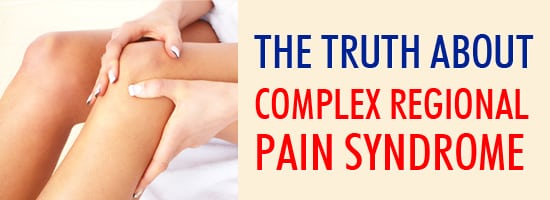
Complex regional pain syndrome, CRPS, is a condition that affects the central and peripheral nervous system. Most patients with CRPS have nerve damage, which can be hard to confirm because of the complexities of the nervous system.
It is important for people that believe they have CRPS to understand how the condition is caused and some of its symptoms. It is also important to understand that the condition has many treatments, although some patients may not respond to any treatments or therapies.
What causes complex regional pain syndrome?
CRPS is most commonly caused by injury or trauma to an area. Usually, these areas are in the arms and legs, with legs being the most common area for CRPS. There is no definite answer as to what causes the condition to strike some individuals without affecting others who have nearly identical injuries. Studies on the condition are very limited, but most studies suggest that there is a genetic determining factor. Women and individuals over the age of 40 are most commonly affected by CRPS.
What are the symptoms of complex regional pain syndrome?
Symptoms of CRPS are very similar to a multitude of other conditions that affect bones, limbs, muscles, and nerves. Due to the lack of information on CRPS, it can be very difficult for doctors to determine the diagnosis; many times, patients are misdiagnosed with Lyme disease or arthritis. Doctors do not use a singular set of tests to determine the diagnosis of CRPS, but use a variety of tests to rule out other mimicking diseases.
Complex regional pain syndrome is generally diagnosed using a combination of testing, patient history, and symptom evaluation. Symptoms of CRPS include shiny and thin skin in the affected area, abnormal sweating in the area (seen especially on calves and forearms), stiffness in affected joints, changes in nail or hair growth patterns, and problems coordinating muscle movements. Patients must understand that not all of these issues affect everyone with CRPS and many of the symptoms may be a warning sign to another disease.
How is complex regional pain syndrome treated?
Many individuals who are suffering from CRPS cannot find relief in any of the treatments that are offered by physicians. These treatments may work for a short period of time, but will often eventually begin not working for the patient. Patients often use a combination of treatments to ensure that they can live a normal life while suffering with debilitating CRPS. Treatment options spinal cord stimulation (internally and externally), prescription pain medication, and others. Alternative medicine therapies include behavior modification, acupressure, and acupuncture techniques.

